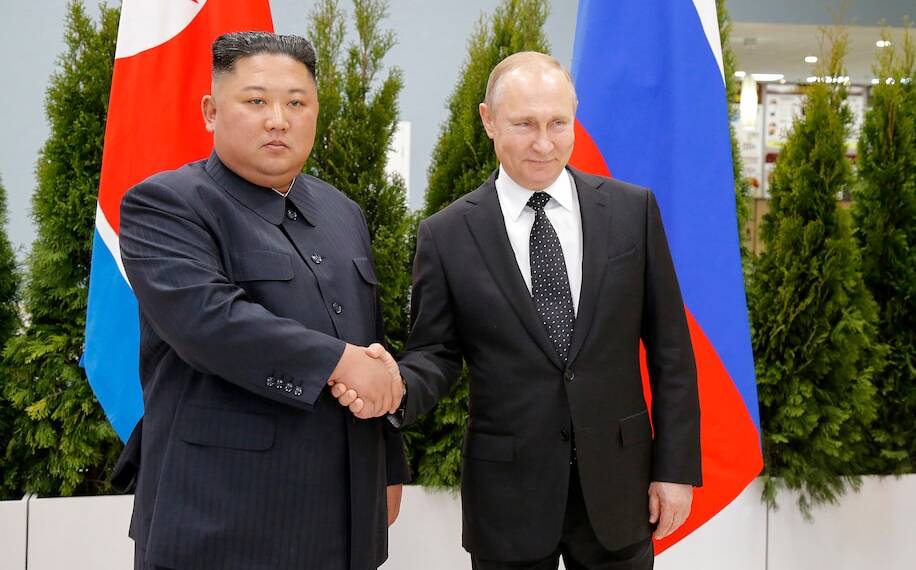Russia and North Korea have established a mutual defense pact following President Putin’s visit to Pyongyang, which came after Kim Jong Un’s visit to Vladivostok last September. This agreement signifies a significant shift in the geopolitical landscape for three primary reasons: it heightens the stakes in the US’s nuclear standoff with Russia in Ukraine, it accelerates the US’s renewed focus on Asia, and it could potentially drag China and the US into an escalating conflict that expands the New Cold War beyond Europe.
Firstly, this pact can be seen as one of Russia’s asymmetric responses to the West’s military support for Ukraine. Should Russia achieve a military breakthrough on the front lines, some NATO members might use this as a pretext for conventional intervention, leading to a Cuban Missile Crisis-like scenario in Europe. In such a case, North Korea might create its own crisis in Asia, reinforcing the concept of “Mutually Assured Destruction” (MAD) and reminding the US of its risks.
Dmitry Suslov, a Valdai Club expert and member of the Russian Council on Foreign and Defense Policy, has highlighted the US’s diminished fear of nuclear conflict. He suggested that a demonstrative nuclear test might be necessary to reintroduce a sense of caution among Western leaders. However, the new defense pact with North Korea could achieve the same goal by signaling the potential for symmetric escalation in Asia in response to US actions in Europe. This scenario could force American policymakers to reconsider provoking Russia, knowing they might have to manage simultaneous crises on opposite sides of Eurasia.
Secondly, the US’s strategy to “Pivot (back) to Asia” is already in motion, evidenced by its efforts to tighten its containment strategy around China through alliances with Australia, the Philippines, and Japan. Despite this, the US remains focused on defeating Russia strategically, as indicated by its increased military presence in Europe post-2022. However, should Russia commence regular military exercises with North Korea and transfer advanced military technology, the US might be compelled to expedite its pivot to Asia, possibly at the expense of its European commitments.
This shift could lead some NATO allies to rethink their involvement in Ukraine, considering the US might be less supportive due to the complexities of managing new tensions with North Korea. The reallocation of US attention could disrupt current European strategies, compelling a reassessment of the geopolitical landscape.
Lastly, any significant progress in the US’s pivot to Asia would likely prevent the normalization of Sino-US relations. The enhanced threat from a Russian-backed North Korea would make it impossible for the US to reduce its military presence in Northeast Asia, precluding any grand compromise with China. Consequently, China would not agree to an imbalanced deal, which would leave the US’s bolstered military presence intact.
This scenario would trap Sino-US relations in a cycle of mutual escalation, making it inevitable for Asia to become the primary theater of the New Cold War. The ongoing back-and-forth responses between the US and China would lead to a sustained state of heightened tensions, with the potential for conflicts to arise more frequently in Asia than in Europe.
In conclusion, the mutual defense pact between Russia and North Korea is a geopolitical milestone. It is likely to entangle China and the US in an escalation spiral, benefiting Russia by diverting American attention away from Europe. This shift will not happen overnight, allowing the US to escalate its involvement in Ukraine or potentially open new fronts in Eurasia, such as Central Asia or the South Caucasus, before the full implications of the pact are realized. As a result, the geopolitical climate may worsen before any improvement is seen.








